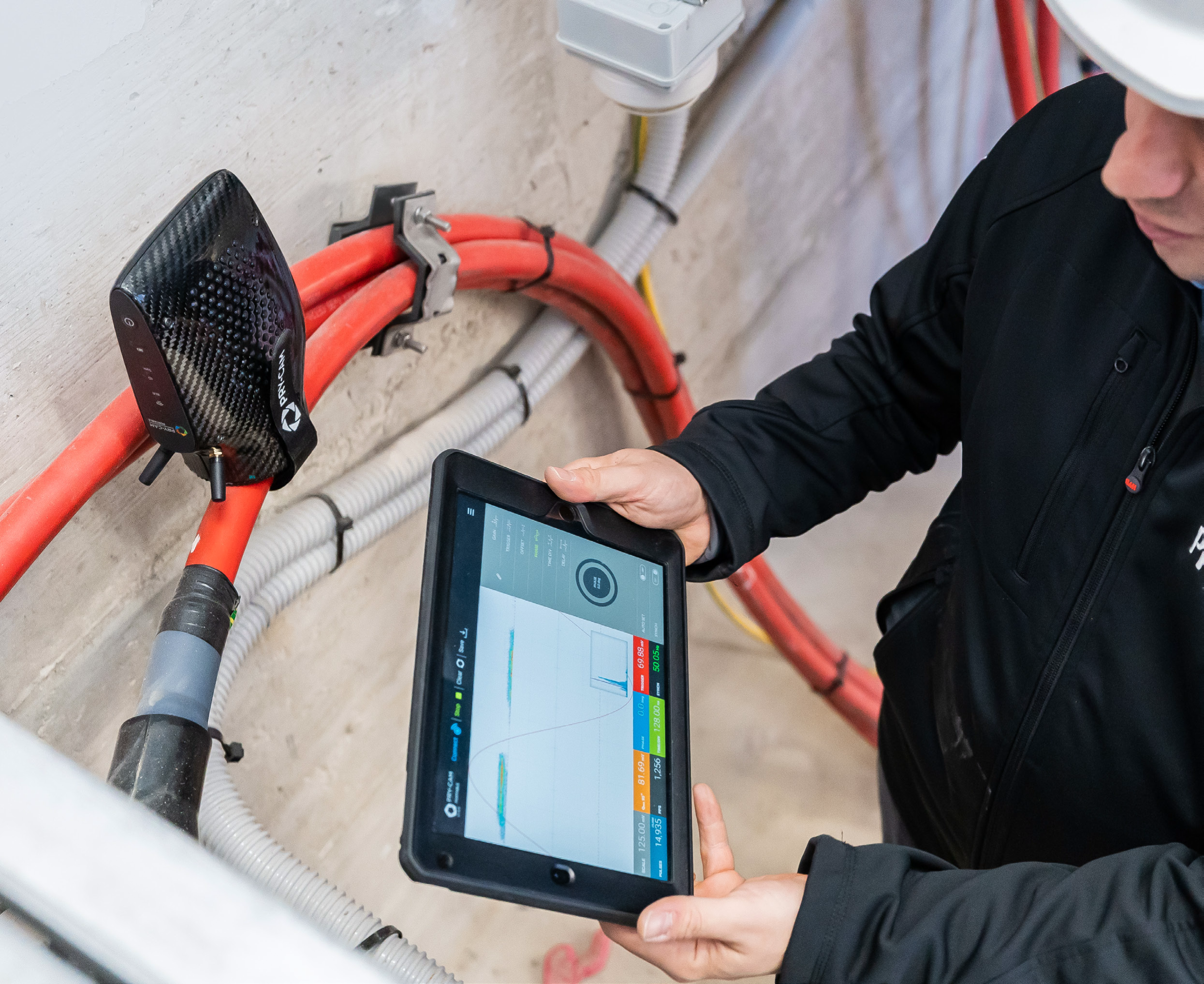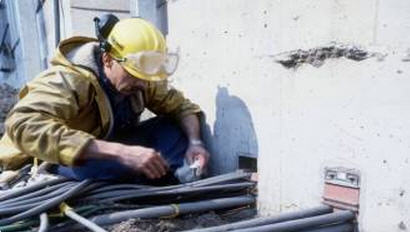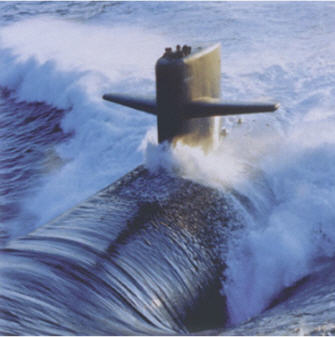Power transmission

PRY-CAM PORTABLE is an integrated portable instrument for the automatic acquisition, processing and classification of pulse signals generated by PD phenomena occurring in insulating materials of Medium and High Voltage electrical systems and equipment, such as transformers, electrical machines, cables systems and switchgear. It provides an instant snapshot of the conditions of the object being monitored, that is easy and immediate to read thanks to a red-yellow-green traffic-light-like visual interface. Automatic pre-diagnosis is based on the PRY-CAM BRAIN™ artificial intelligence…

When the transition between a fluid-filled cable and a XLPE cable is required, a very specific jointing solution has to be used. Such a solution is designed to ensure the proper connection between the different cable designs and to guarantee an adequate sealing to avoid any leakage from the paper insulated side. We can offer a wide range of three-core transition joints depending on the specific circuit requirements.

Pry-Mould accessories are based on pre-moulded electrical components, i.e. stress cones for terminations and one-piece sleeves for joints. Pre-moulded sleeves and stress cones are currently available for HV polymeric cables from 72.5 kV up to 525 kV and adopt the same design at all voltage classes.

The CLICK-FIT® plug-in concept is a unique system designed to connect high and extra-high-voltage extruded power cables for 72 kV up to 420 kV. Important features are high reliability combined with fast, easy and man-independent installation techniques that lead to a reduction in project realization time and cost. Following the principle of the CLICK-FIT® concept, the ends of the cables are prepared and provided with plugs. The uniform plug design enables the installation of joints and terminations simply by plugging-in…

The extruded dielectric offers many advantages that make the cables lighter and easier to handle and to install. Both EPR and XLPE can be used for insulation: they provide the cables with the advantage of operating at high temperatures (90°C) and at high electrical stresses. In most cases, XLPE requires an impervious metallic sheath (e.g. lead sheath) to be applied over each core to avoid direct contact with water. EPR compounds can be formulated in such a way as to…

These cables are presently suitable for voltages up to 600 kV DC and 1000 kV AC. They can be laid at depths down to approximately 800 m without special precautions; with the use of special fluids and proper armour designs, depths of 2000 m can be reached. The cables designs depend on the feeding length – maximum connection lengths are between 60 to 100 km, depending on system features. The longer the route, the larger the oil duct required. We…

These cables are presently suitable for voltages of up to 45 kV AC and 500 kV DC. The insulation consists of high-density paper tapes impregnated with a high-viscosity compound, which does not require fluid pressure feeding. These cables can be installed in links in very long lengths, up to several hundreds of kilometres. Present experience or trials are limited to water depths in the range of 1000 m, but deeper waters can be reached by using special design features. We…

The extruded dielectric offers many advantages that make the cables lighter and easier to handle and to install. Both EPR and XLPE can be used for insulation: they provide the cables with the advantage of operating at high temperatures (90°C) and at high electrical stresses. In most cases, XLPE requires an impervious metallic sheath (e.g. lead sheath) to be applied over each core to avoid direct contact with water. EPR compounds can be formulated in such a way as to…

These cables are presently suitable for voltages up to 1000 kV AC. They can be laid at depths down to approximately 800 m without special precautions; with the use of special fluids and proper armour designs, depths of 2000 m can be reached. The cables designs depend on the feeding length – maximum connection lengths are between 60 to 100 km, depending on system features. The longer the route, the larger the oil duct required. We tailor-make your solutions In…

These cables are presently suitable for voltages of up to 45 kV AC. The insulation consists of high-density paper tapes impregnated with a high-viscosity compound, which does not require fluid pressure feeding. These cables can be installed in HVDC links in very long lengths, up to several hundreds of kilometres. Present experience or trials are limited to water depths in the range of 1000 m, but deeper waters can be reached by using special design features. We tailor-make your solutions…

PPL cables use a special low permittivity - low loss insulation type. Compared to conventional self-contained fluid filled paper insulated cables at the same power, it allows for increased transmitted power or reduced conductor size and cable dimensions. The use of PPL is in general considered for large sizes and for voltages above 275 kV. We tailor-make your solutions In order to meet different standards and preconditions we always tailor-make the cable systems in this area. Please contact our experts…

The extruded dielectric offers many advantages that make the cables lighter and easier to handle and to install. Both EPR and XLPE can be used for insulation: they provide the cables with the advantage of operating at high temperatures (90°C) and at high electrical stresses. In most cases, XLPE requires an impervious metallic sheath (e.g. lead sheath) to be applied over each core to avoid direct contact with water. EPR compounds can be formulated in such a way as to…










